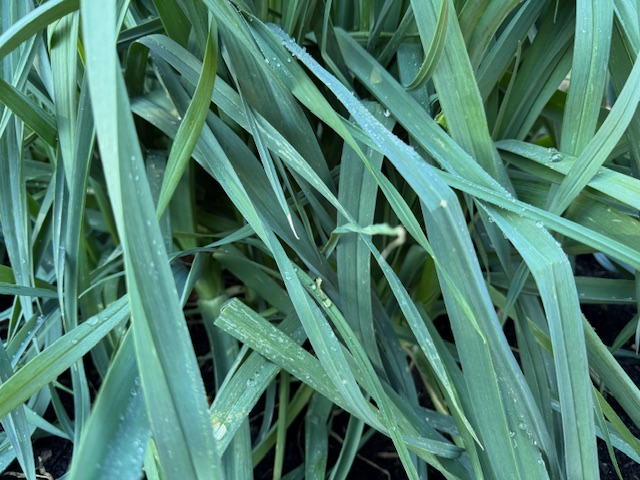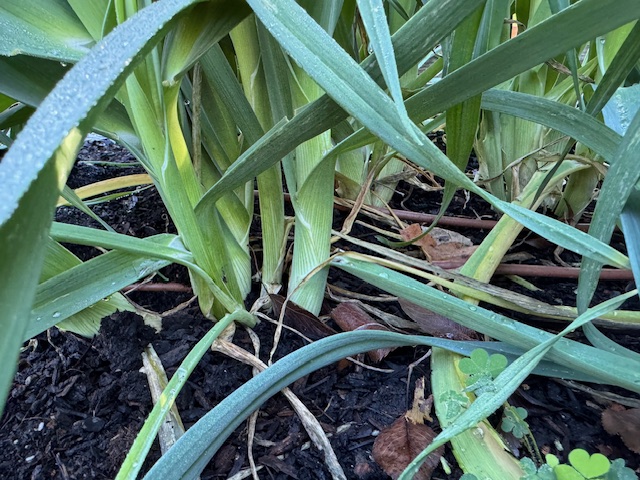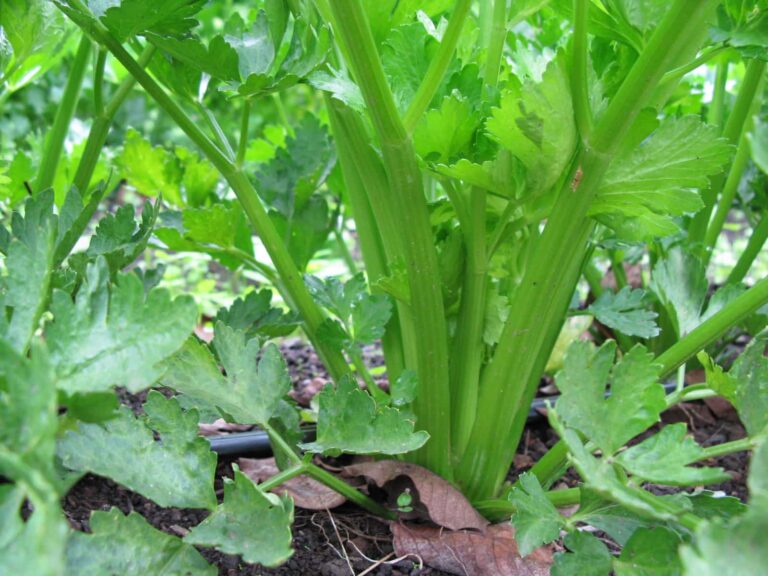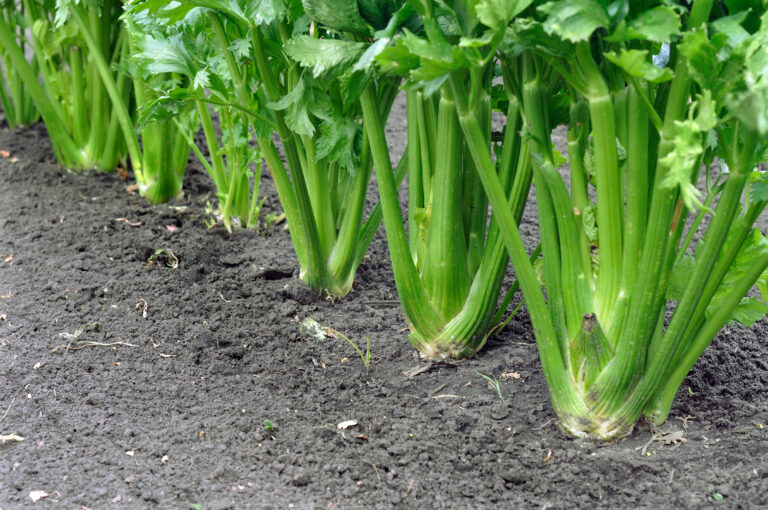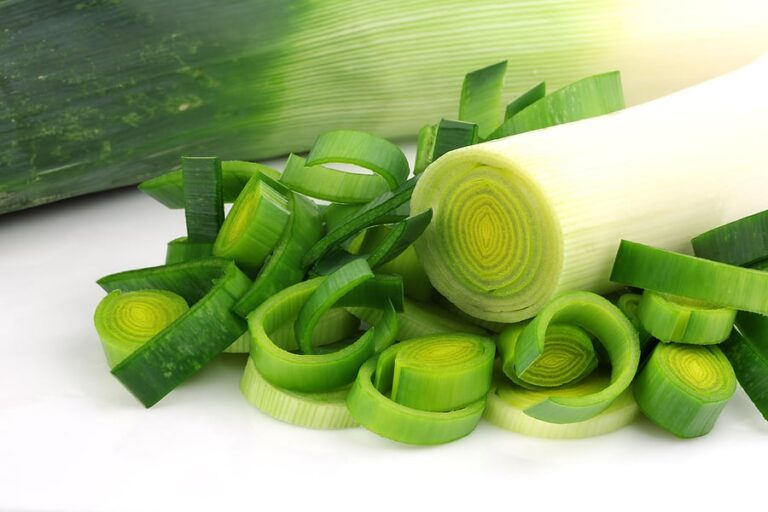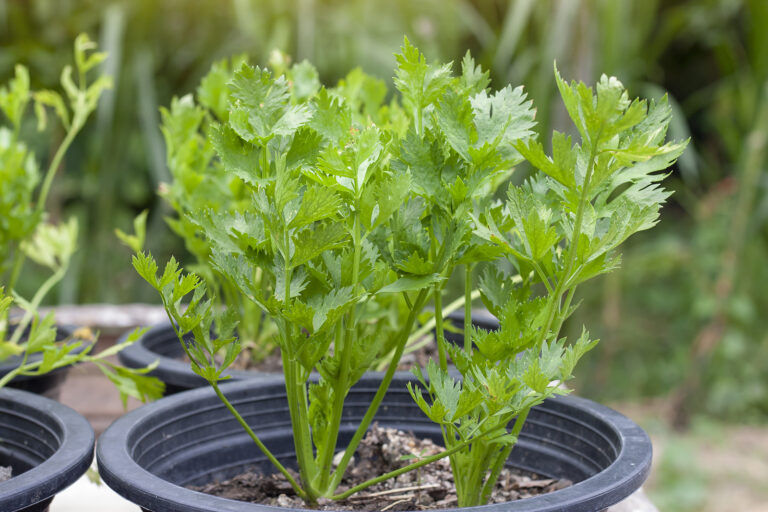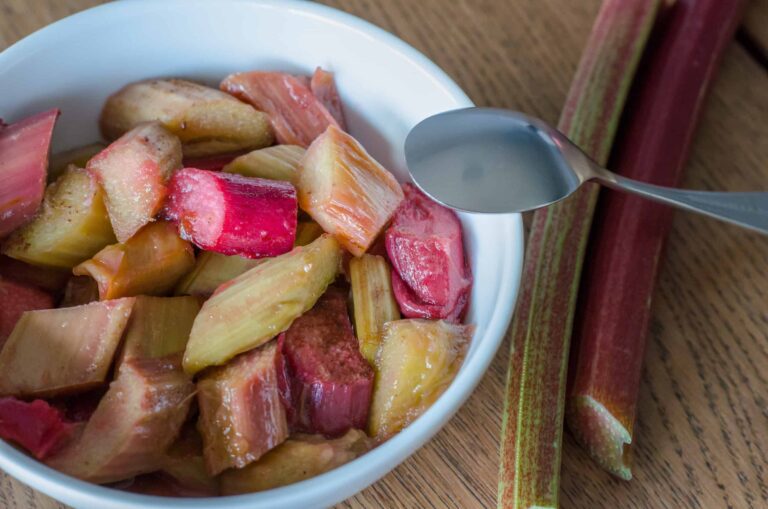Common Leek Pests and Diseases and How to Control Them Naturally
Leeks are hardy and generally easy to grow, but they can still fall victim to pests and diseases that weaken plants and reduce harvests. Controlling these problems naturally helps protect your crop and keeps your garden chemical-free. Here are the most common leek pests and diseases and how to manage them organically.
Common Leek Pests
Leek Moth
Leek moth larvae tunnel into leaves and stems, causing brown streaks and distorted growth.
Control Naturally: Cover crops with insect netting, inspect plants regularly, and remove infested leaves to break the life cycle.
Onion Thrips
Thrips suck sap from leek leaves, leaving silvery streaks and reducing vigor.
Control Naturally: Spray plants with a strong jet of water, encourage beneficial insects like lacewings, and use reflective mulch to deter thrips.
Allium Leaf Miner
Adults lay eggs in leaf bases, and larvae burrow into stems, causing wilting and rot.
Control Naturally: Use row covers during the adult flight season and rotate crops yearly to disrupt the pest’s cycle.
Common Leek Diseases
Rust
Rust appears as orange pustules on leaves, reducing photosynthesis and growth.
Control Naturally: Space plants for good airflow, avoid overhead watering, and remove infected leaves promptly.
Downy Mildew
This fungal disease creates fuzzy gray patches on leaves in cool, damp conditions.
Control Naturally: Water early in the day, improve soil drainage, and plant resistant varieties when possible.
White Rot
A soil-borne fungus causes yellowing leaves and rotting bulbs.
Control Naturally: Practice long crop rotations (4–5 years) and avoid planting alliums in contaminated soil.
General Prevention Tips
- Rotate crops annually to prevent soil-borne diseases.
- Keep the garden weed-free to reduce pest habitat.
- Use compost and organic fertilizers to maintain healthy, resilient plants.
With careful monitoring and natural controls, you can protect your leeks and enjoy a strong, flavorful harvest without synthetic chemicals.
Quick Pest and Disease Reference Chart
| Problem | Signs of Damage/Disease | Natural Controls & Prevention |
|---|---|---|
| Leek Moth | Brown streaks, leaf tunnels, distorted growth | Cover with insect netting, remove infested leaves, practice crop rotation |
| Onion Thrips | Silvery streaks, leaf tip browning, stunted growth | Spray with strong water jet, encourage beneficial insects, use reflective mulch |
| Allium Leaf Miner | Wilting, larvae tunnels in stems and bulbs | Cover crops during adult flight, rotate crops, remove and destroy infested plants |
| Rust | Orange pustules on leaves, reduced growth | Space plants for airflow, avoid overhead watering, remove infected leaves |
| Downy Mildew | Gray fuzzy patches, leaf yellowing in cool damp weather | Water early, improve soil drainage, plant resistant varieties |
| White Rot | Yellowing leaves, rotting bulbs, white fungal growth | Practice 4–5 year crop rotations, avoid planting in infected soil |
| Slugs and Snails | Chewed leaves, slime trails | Handpick at night, use beer traps, keep beds weed-free |
Leeks Growing Hub
Start here: The Ultimate Leeks Growing Guide: From Seed to Harvest
Leek Basics & Varieties
- Short-Season vs. Long-Season Leeks: Key Differences and How to Grow Each
- Best Leek Varieties to Grow in Your Garden
- Leeks vs. Green Onions vs. Garlic Scapes: What’s the Difference?
Planting & Site Prep
- Leeks Seed Starting Tips
- When to Plant Leeks by USDA Zone
- Planting and Spacing Leeks for Healthy Growth
- The Best Companion Plants for Leeks and What to Avoid
Unique Growing Methods
- Hilling Leeks: How to Grow Long, White Stems
- Growing Leeks in Tubes: A Step-by-Step Method
- How to Grow Leeks in Containers or Pots
Care & Maintenance
- How to Water Leeks for Steady Growth
- Fertilizing Leeks: Feeding Tips for Bigger, Sweeter Stalks
- Leek Care Throughout the Growing Season
- How to Extend the Leek Harvest Into Winter
Pests & Diseases
Harvest & Beyond

